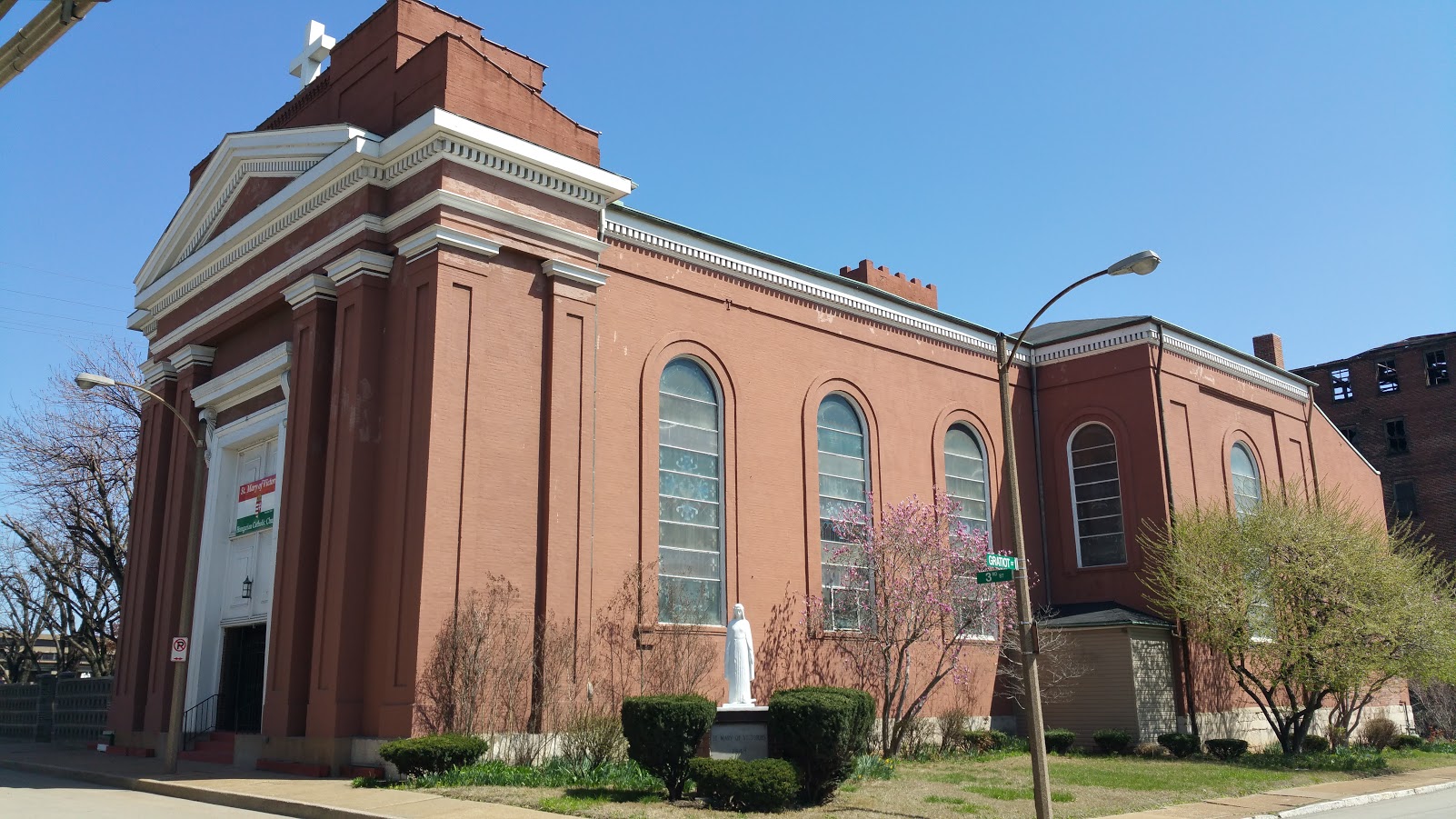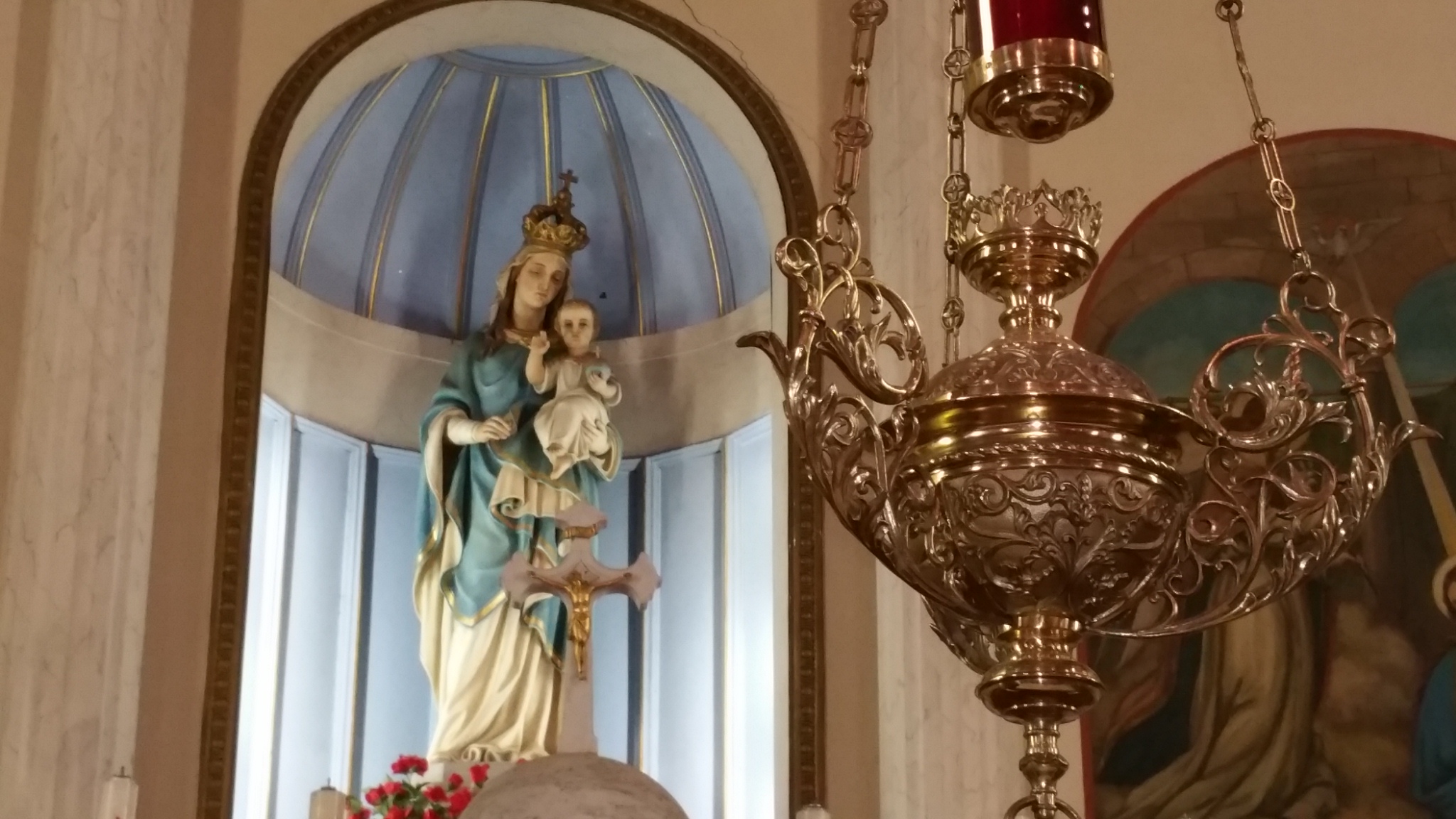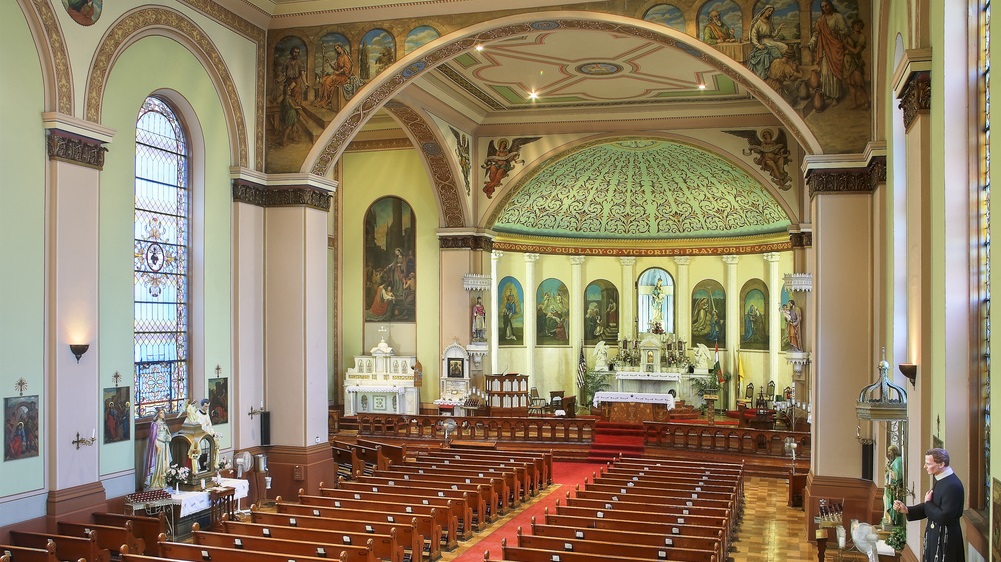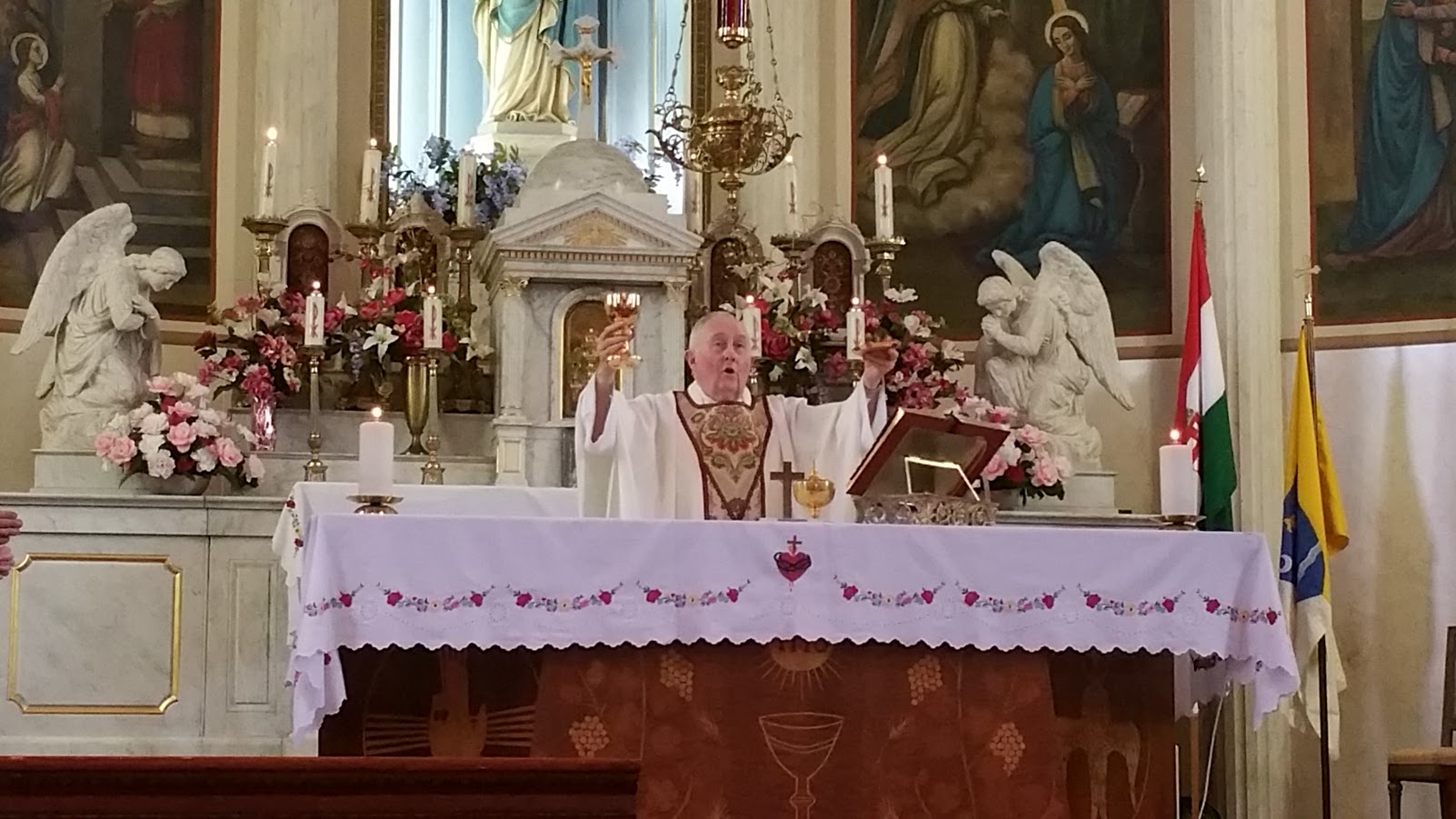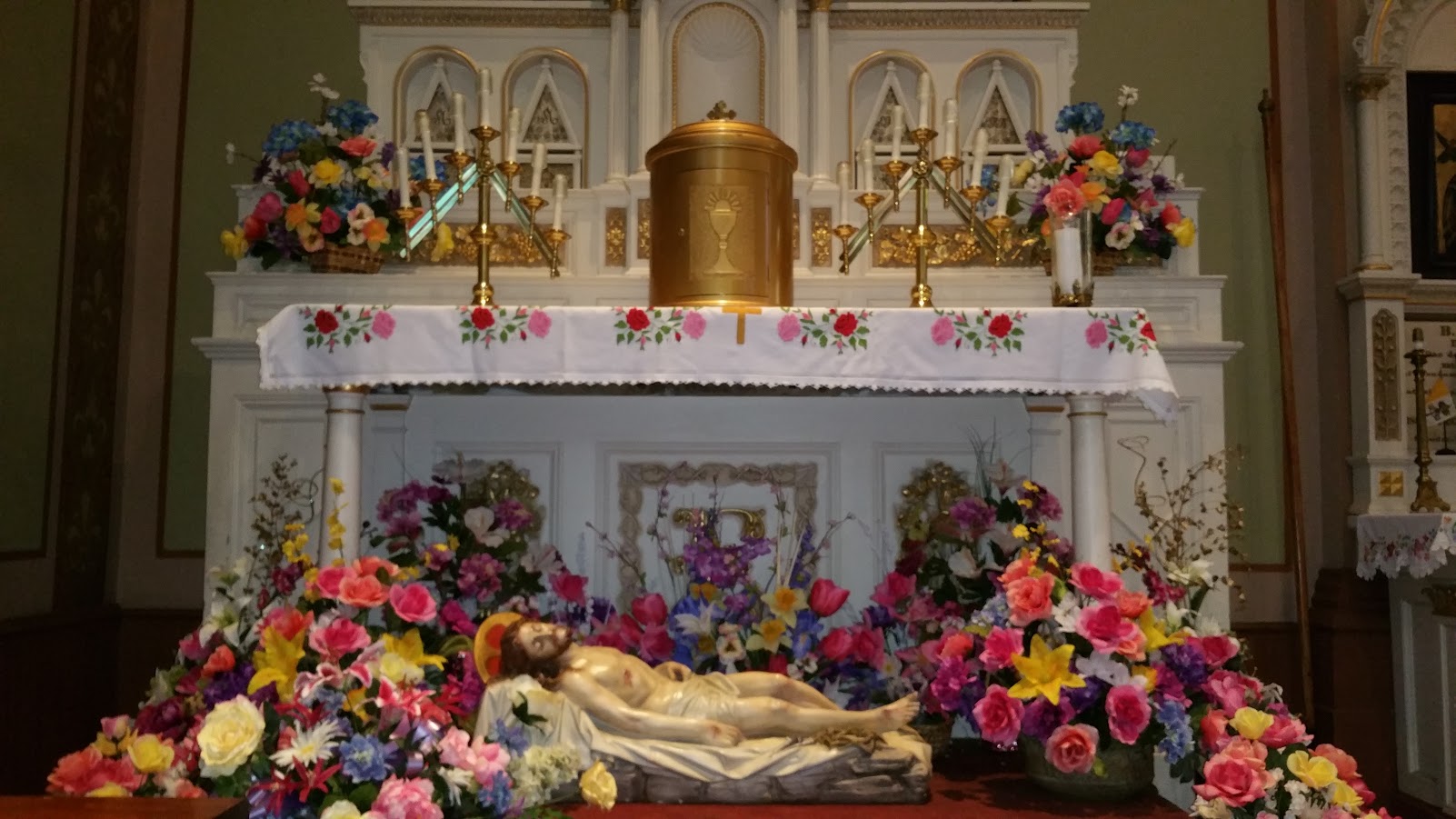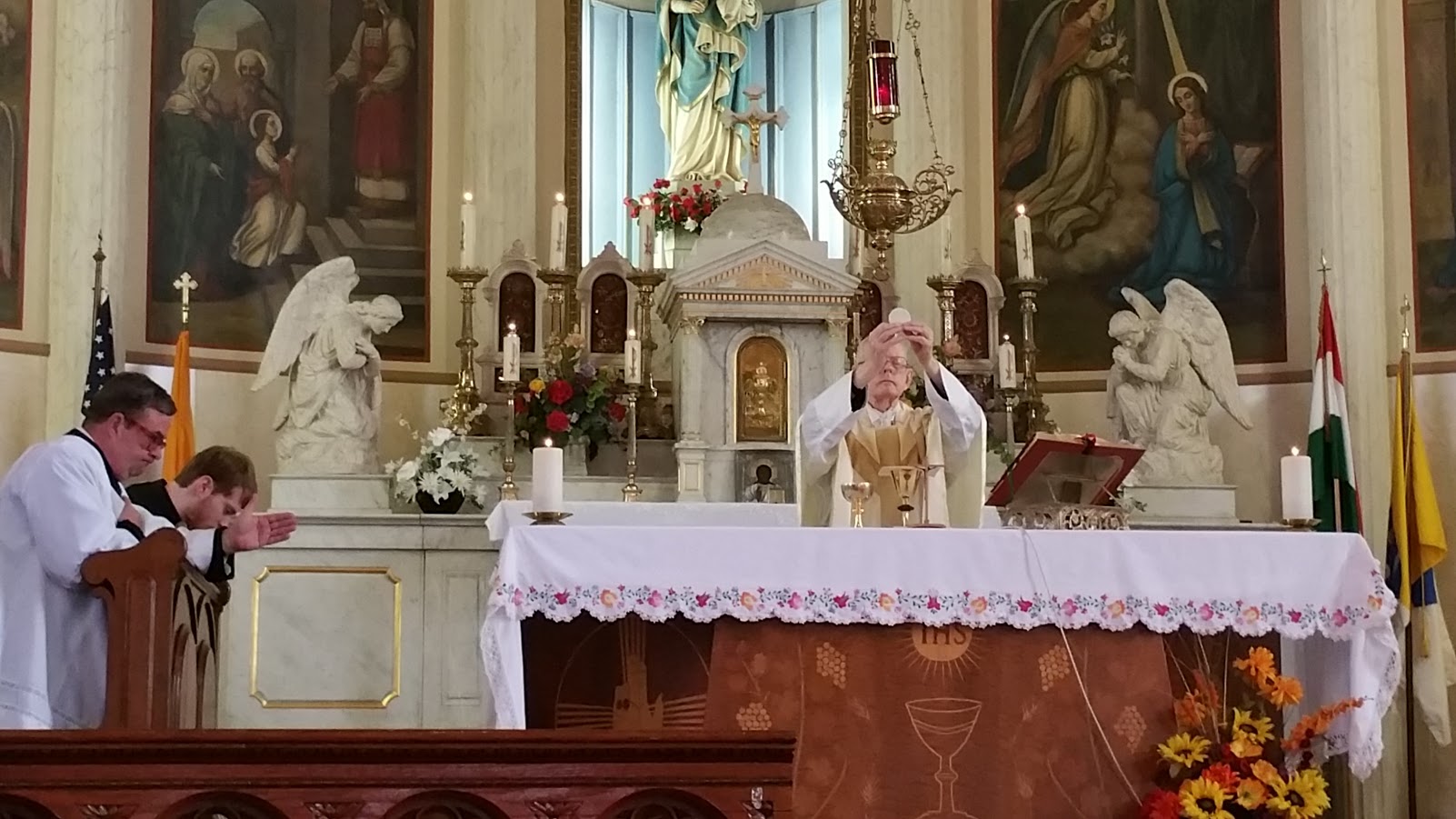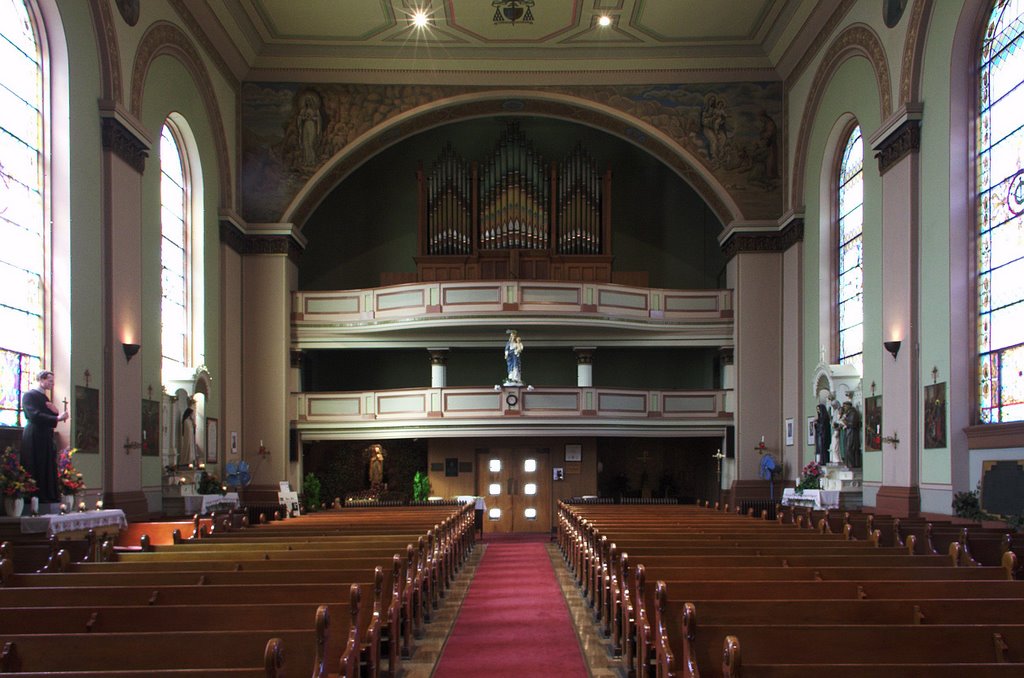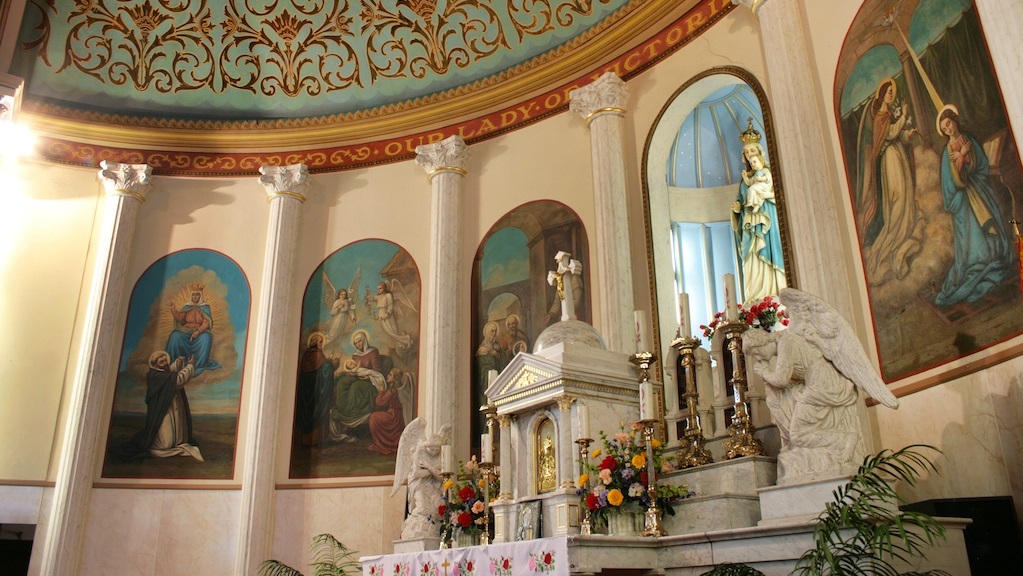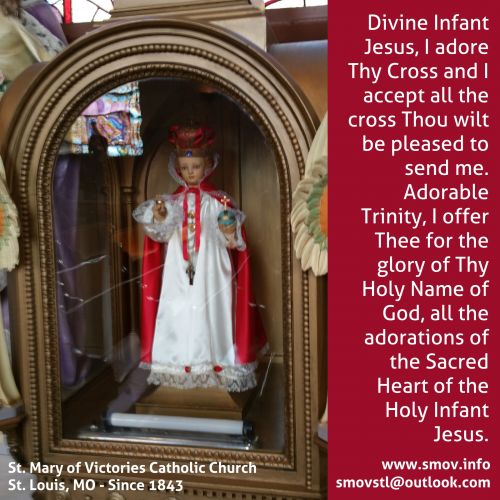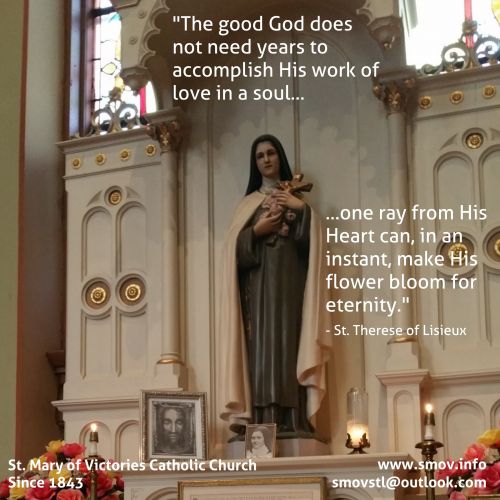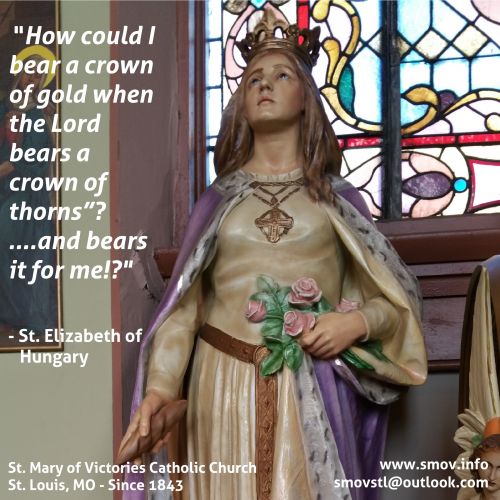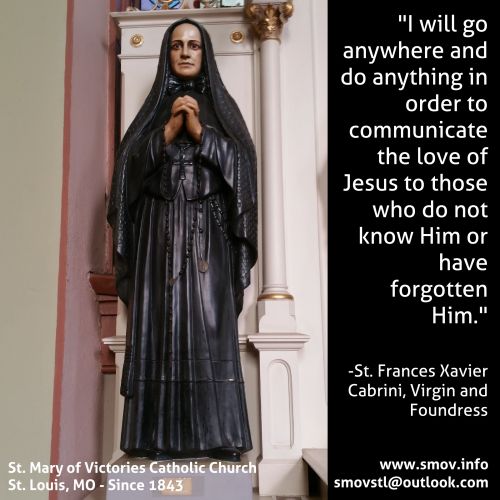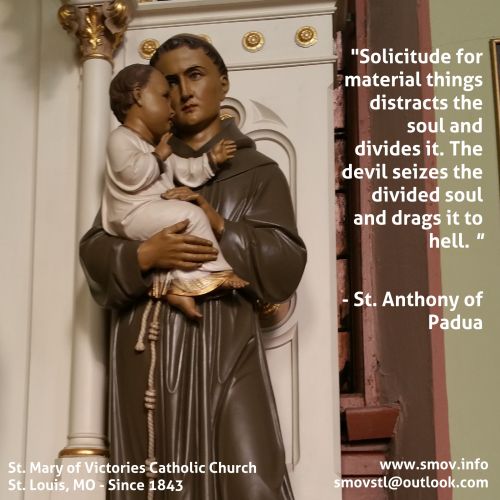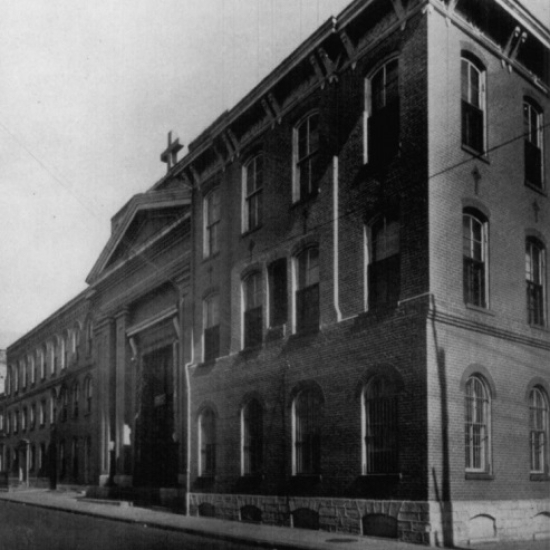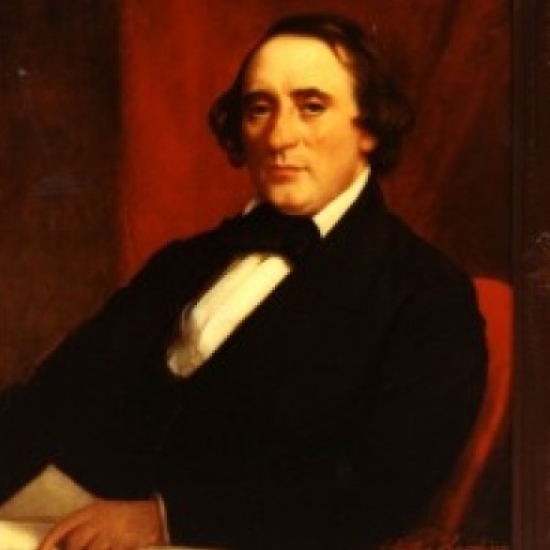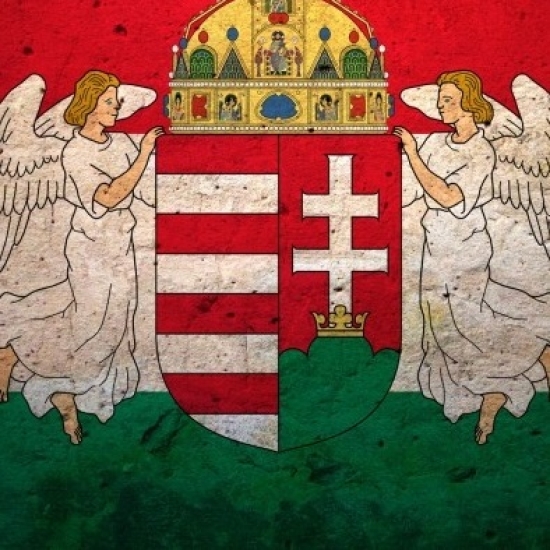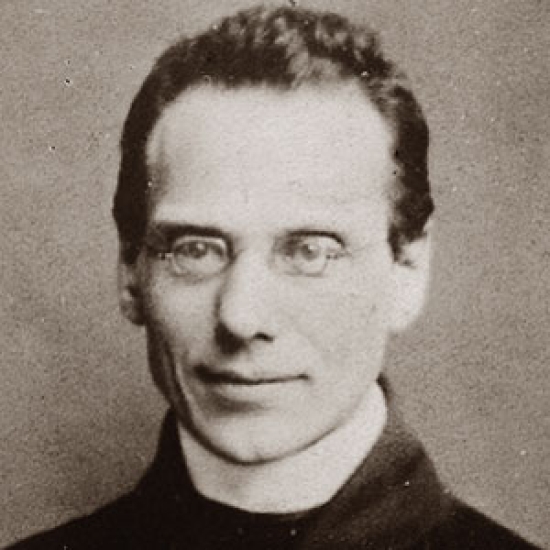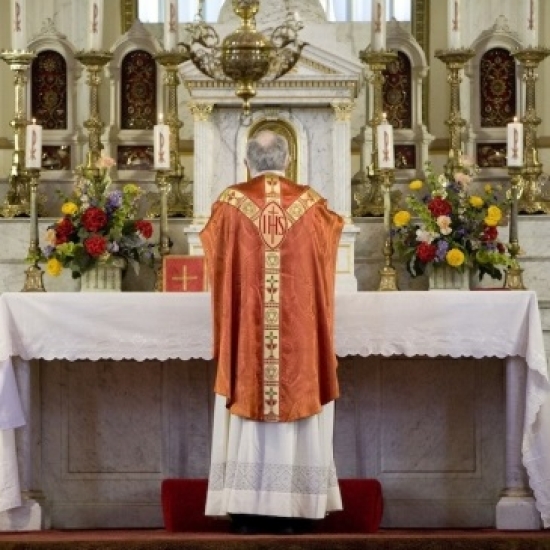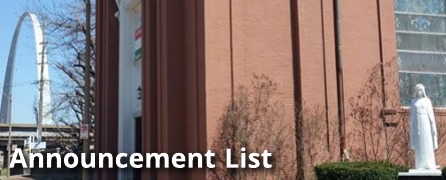4 November 2012, 31st Sunday in Ordinary Time (Year B)
Introit: Ne derelinquas me, begin on C (as sol)
Offertory: How firm a foundation, #737, begin on C
Communion: Notas mihi, begin on B (as mi)
Recessional: By all your saints #29, begin on B
Ordinary from Mass XI (Orbis factor)
The Introit antiphon is again taken from a Lenten formulary (Wednesday week II) in the EF. It has three short phrases:
-
Ne derelinquas me Domine Deus meus
-
ne discedas a me: intende in adjutorium meum
-
Domine virtus salutis meae.
We'll sing these short phrases without a break. However, in the second phrase, we will have a very slight lingering over the word me to observe the semicolon, but no break in the sound or audible breath. And you will want to steal a breath somewhere in the third phrase.
Psalm 37 is a prayer of someone seriously ill who recognises his own sinfulness and asks God to help him. The Fathers saw in those sentiments a prophecy of Jesus during his passion; hence in the EF it is sung on Good Friday, and in the OF, on Friday of Week II. It is also the third of the Penitential Psalms, against gluttony, so in the older Office it would have been prayed often, especially during Lent and by new clerics in the first year after Tonsure. These final two verses are the ones most frequently linked by commentators to the passion of Jesus, because they saw in them an appropriate prayer for our Lord at the time of his appearance on trial before Pilate. For us, it is also a fitting prayer for the season of the year in which the Church reminds us of the judgement we will face. The readings invoke the most sacred prayer of the Old Covenant, the Shema. Devout Jews pray it several times a day, as Jesus Himself would have done. For faithful Jews it is a reminder to renew and strengthen their fidelity to the covenant to which God has called them. We too need the strength of God's grace to remain faithful to the New Covenent to which we have been called. We make that prayer our own today.
The Communion antiphon is taken from Lenten week III in the EF (Wednesday). It has two phrases, the second of which is in two parts:
-
Notas mihi fecisti vias vitae:
-
(a) adimplebis me laetitia
(b) cum vultu tuo Domine
Both antiphons are in Mode VII, which the ancients termed the 'angelic' mode because its melodies so often take flight into the etherial, then return to earth well grounded. (The Pentecost Sunday Communion, Factus est repente, and the Introit of Advent Sunday II, Populus Sion, are more familiar examples.)
In this final verse of Psalm 15, we find, as is often the case with the earlier Latin versions, a translation that is more explicitly Christological that the original language might imply. The impact of the New Testament scriptures on the understanding of the Old, especially the Psalms, led Christians to see more and more of the text as prophetic of the life and mission of Jesus. This text, 'You have made known to me the ways/paths of life,' reminded them of Jesus's declaration that He Himself is both the Way and the Life. So the Fathers well remind us that what He said to St. Thomas, He says to all of us: 'No one comes to the Father but by Me.' It is as true for us as for that generation. St. Ambrose and St. Gregory apply these words to our Lord Himself and expand upon them with great emphasis. The true path of life is that path by which our Lord ascended from the Mount of Olives to the right hand of the Father, the way of the cross. As by his rising from the dead He left us an example of how we ourselves could burst the bands of death, so, by His Ascension into heaven, He showed how that scripture would be fulfilled, 'Then we who are alive and remain, shall be caught up together with them in the clouds, to meet the Lord in the air, and so shall we ever be with the Lord.'
